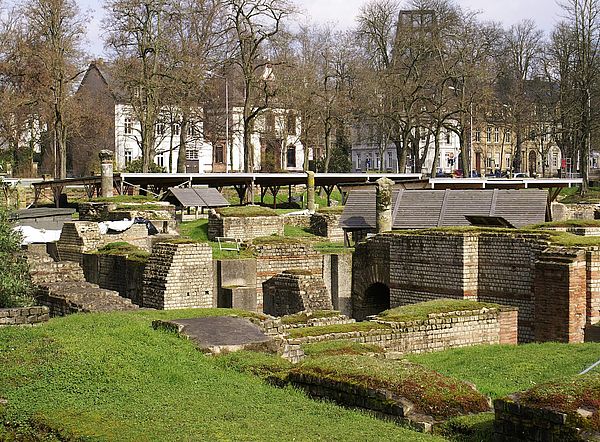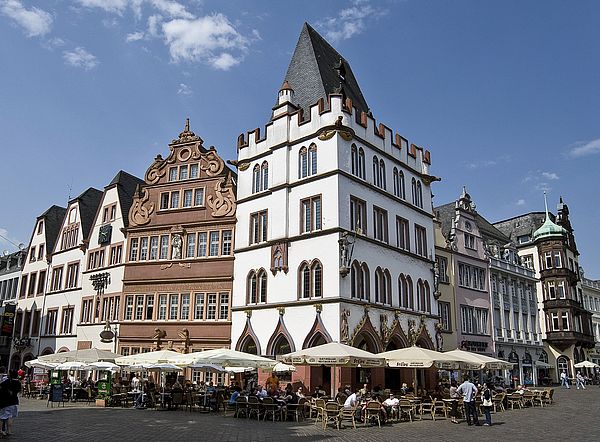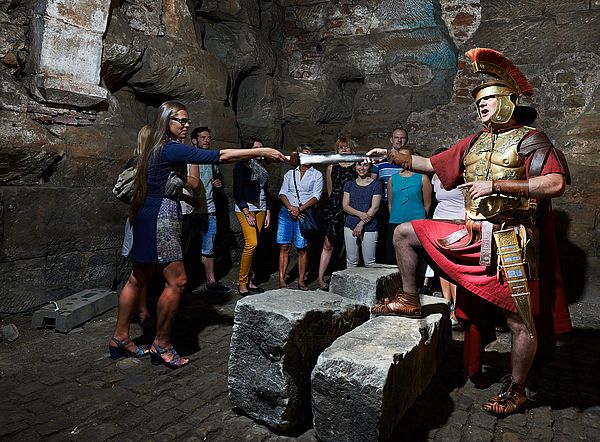Founded more than 2000 years ago as Augusta Treverorum, the city has so many monuments from Roman times that we can only list the most famous ones here:
High Cathedral St. Peter
The mighty cathedral, which can be seen today, would appear quite small against the double church, once extending from today's cathedral area to the main market square.
All generations from late antiquity to the present have left their architectural and artistic mark on the cathedral. The most precious relic is the Holy Rock, according to legend brought to Trier by Helena, the mother of Emperor Constantine.
Rhenish State Museum
An absolute must for Roman friends: here you will find the most extensive collection on all topics of life in the first four centuries of our era. The permanent exhibition shows the foundation of the city, monumental Roman tombs, magnificent mosaics and much more.
Constantine Basilica
67 metres long and 33 metres high inside, the former palace with throne room, built in the 4th century, is the largest single room of antiquity still preserved.
The interior of today's sacral building impresses with its dignified simplicity.
Roman bridge
Today it serves motorists, cyclists and pedestrians: the 400-metre-long Roman bridge built in the 2nd century is a rock-solid construction.
Seven pillars stand in the Moselle, the modern traffic flows here over one of the oldest bridges north of the Alps.
amphitheatres
Built around the year 100, the theatre, like the other Roman buildings of Trier, is a UNESCO World Heritage Site. Once it accommodated 20,000 people, today it serves as a cultural site.
Summer concerts and top-class antique festivals with opera and drama animate the ancient theatre in the evening.
Imperial Baths
The luxurious Roman bathing culture was to culminate in the palace bath of the Kaiserthermen, but this complex was never completed. The underground heating and supply corridors are widely ramified and worth seeing. Today, the Kaiserthermen serve as a backdrop for high-quality events.
Porta Nigra
The city gate blackened by soot, made of sandstone blocks weighing up to six tons, is the landmark of Trier. Built around 180, it is the best preserved of its kind north of the Alps and houses the remains of a medieval double church.
Source: "Straße der Römer"







